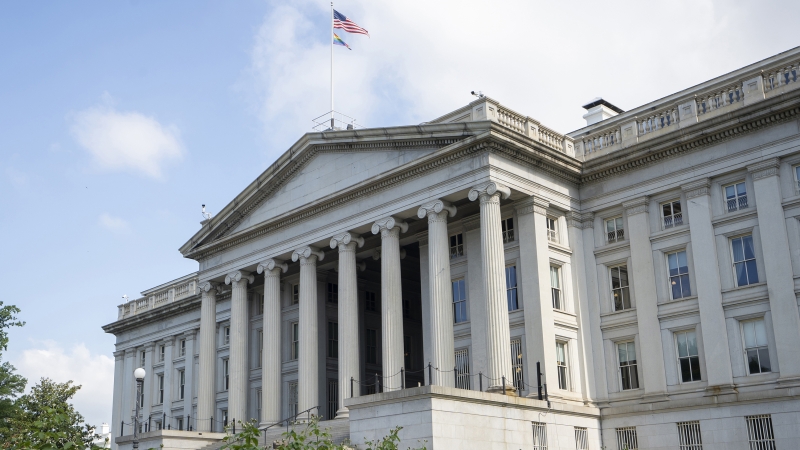As we make our way through 2022 and the pandemic continues to wind down, it is helpful for anyone attempting to understand the mortgage-backed security (MBS) market to remember what happened in March of 2020 and its ramifications going forward. Especially the role that the U.S. Federal Reserve played in trying to maintain the stability of the economy through its Quantitative Easing actions. Namely, the Fed’s purchases of MBS (and Treasuries) caused prices to shoot higher, thus dropping rates, but there were risks. The Fed’s desire to bring mortgage rates down wreaked chaos in lenders’ ability to hedge their risk.
Let’s look at what happens when a borrower locks in their mortgage rate with a lender. Mortgage rates are based on the trading and prices of MBS, which are determined by the supply of and demand for those securities. As MBS rise in price, interest rates improve and move lower. A locked rate on a mortgage is nothing more than a lender promising to hold an interest rate, for a period of time, or until the transaction closes. The lender is at risk for any MBS price changes in the marketplace between the time they agreed to grant the lock and the time that the loan closes.
If rates were to rise because MBS prices declined, the lender would be obligated to buy down the borrower’s mortgage rate to the level they were promised. And since the lender doesn’t want to be in a position of gambling, they hedge their locked loans by shorting (selling) MBS. Therefore, should MBS drop in price, causing rates to rise, the lender’s cost to buy down the borrower’s rate is offset by the lender’s gains of their short positions in MBS.












